You know the idea of shot sizes in film and TV?
For example, this is what we might call an establishing shot:
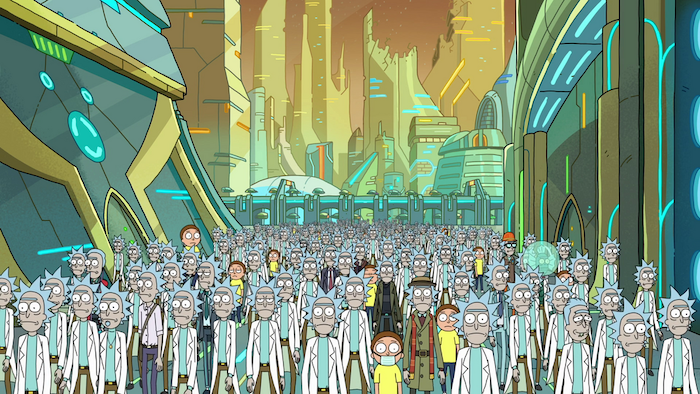
Establishing shots are more about environment than characters.
To focus on specific characters in the environment, we can use a wide shot:
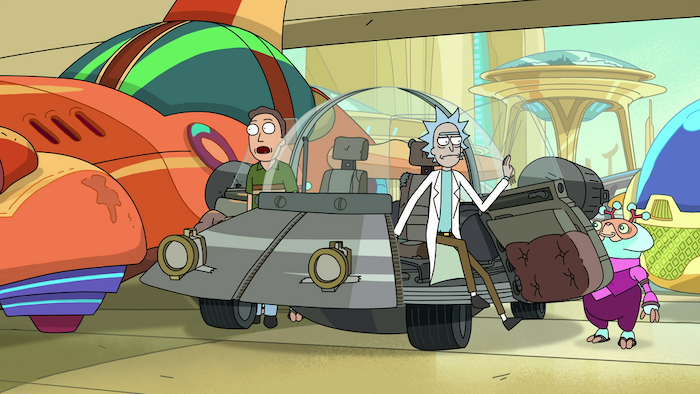
If we want to get closer to the characters, we can use a mid shot, which is good for showing relationships:
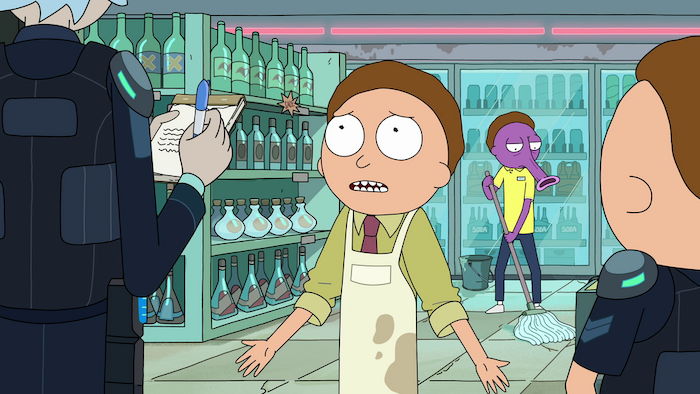
And to emphasise a character's emotions we can us close-up:
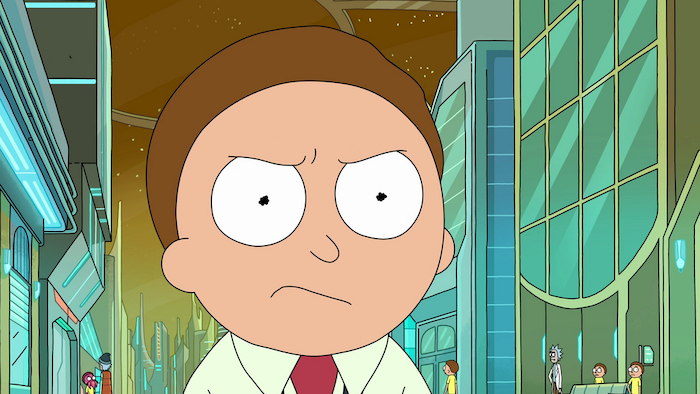
We could push in even closer, to an extreme close-up—on an eyeball or nostril—but this tends to give us less information rather than more.
However, sometimes in film we can find ways to go 'inside' a character and see a representation of their interior world, for instance through dreams or hallucinations:
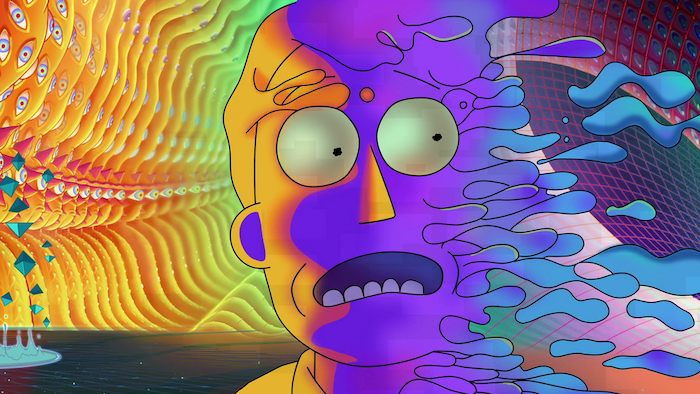
(From Rick and Morty)
We can do something similar in writing, using what we call narrative distance.

